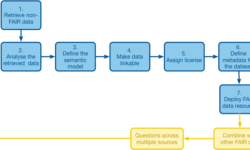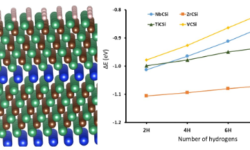Morphology of Cu Clusters Supported on Reconstructed Polar ZnO Surfaces
Unbiased Monte Carlo procedures are applied to investigate the structure of Cu clusters of various sizes deposited over reconstructed polar ZnO surfaces. Four distinct reconstructed polar ZnO surfaces (two Zn terminated reconstructions, and two O terminated reconstructions) were investigated, having previously been determined to be the most stable under typical…






